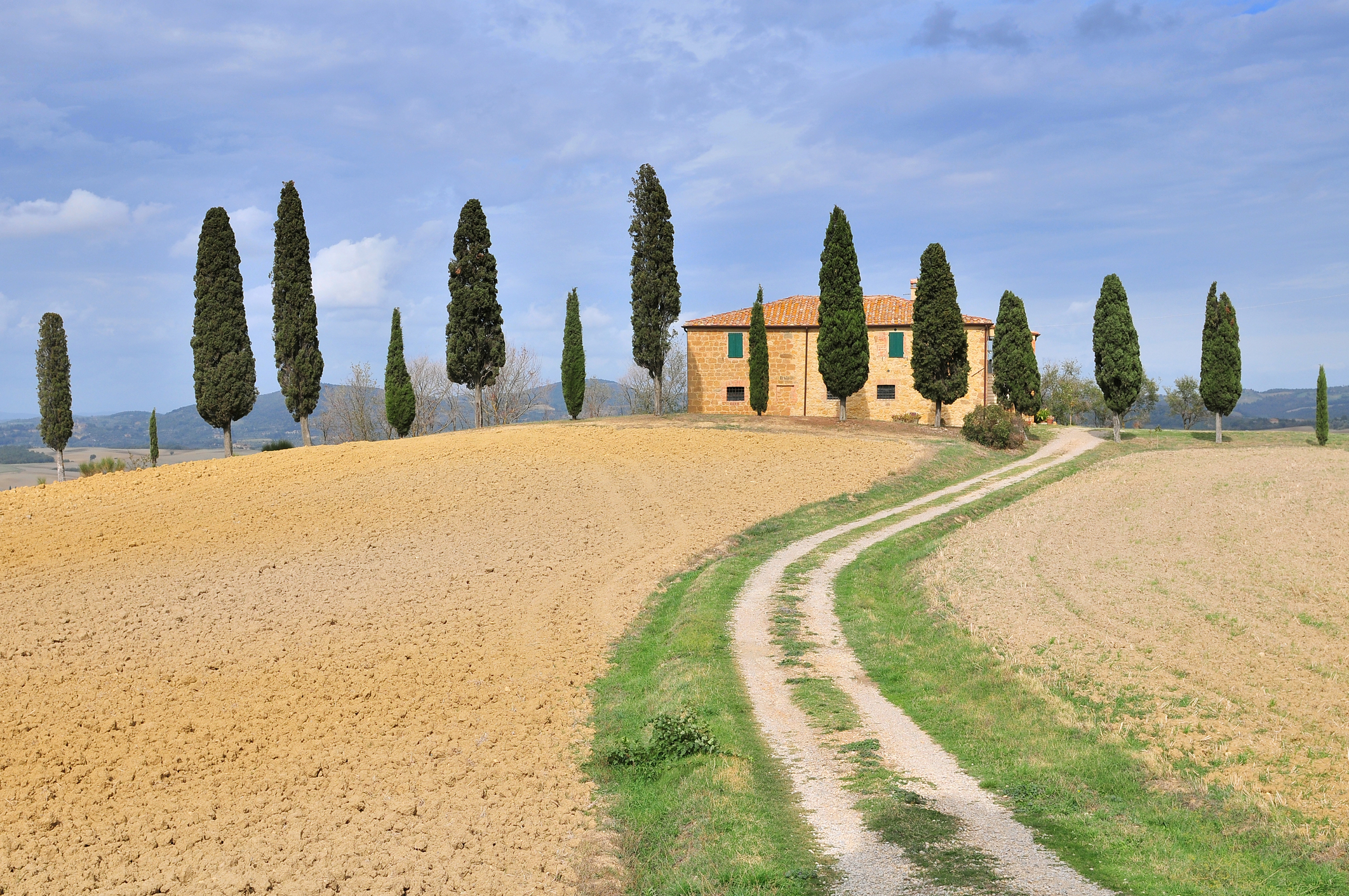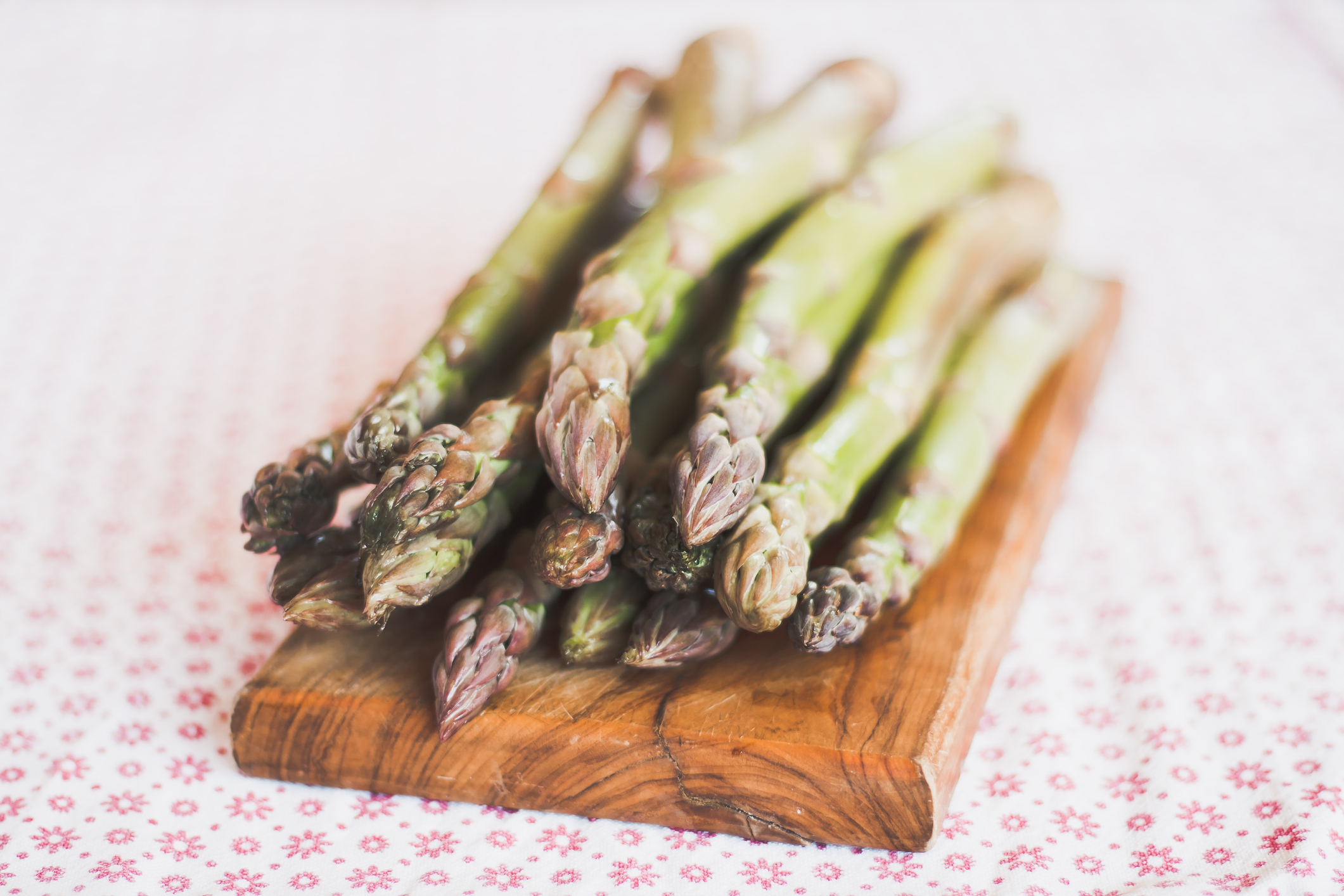There are trees that imbed themselves in our individual imagination as well as in the collective images of our minds. I feel this way about Vincent Van Gogh’s magnificent painting of cypresses. They are the essence and soul of ‘treeness”.
There are Italian trees that are also indelible for me: the olive trees of Italy; the pines of Rome, especially those of the Villa Borghese and the Appian Way (remember Respighi’s “Pines of Rome”); and the dignified, deep green Italian cypresses.
Italian cypresses derive from the countries surrounding the Mediterranean Sea. Botanically, they are named Cupressus sempervirens: their species name sempervirens, always green or living, means that they are always green even in winter.
Italian cypresses are planted in cemeteries as a tree of mourning and of eternal life. In Greek mythology, Cyprus was a follower of the god Apollo, but he killed one of Apollo’s deer, a giant beloved deer. Cyprus mourned so deeply that he asked Apollo to let him grieve eternally. So, Apollo turned the young man into a cypress tree. This story explains why Italian cypresses have always been a symbol of sadness in the Greek, Christian and Islamic psyche. To this day, the Muslims carve a cypress on their tombstones, and Christians always plant Italian cypresses for their departed loved one.
It is interesting that Italian cypresses will not send up a new sprout from the stump of a cut down tree. Does this contradict the myth? I wonder? Yet, Italian cypresses are among the most hardy of trees, their green boughs and dark fissures being so mysterious. Italian cypresses grow far into the hills of Italy, and they reach to the south as well, even into Sicily where they will grow in almost any kind of soil—clay, poor earth, and lime laden earth. Here in southern and central California they are easy to grow and very handsome. Their tall, pointed spires are distinctive and reminiscent of Italy.
It is best to plant Italian cypresses about five or six feet apart so that they will receive ample ventilation and sun, both of which discourage fungal disease or browning. Cut out all brown branches if they occur and don’t over water.
I would rather plant Italian cypresses as “standards” or trees, than as hedge plantings, although they can be sheared into hedges. In addition to preventing browning, single trees placed near Spanish or Italian architecture are very striking and noble looking. They evoke that special image of Italy—its courtly homes and villas. When planted singly in the protection of a wall (they don’t like winds), they can grow up to 90 feet tall, but much less in height here in California.
Leylandii cypress, also tall and stately, is an excellent cypress for foggy coastal areas. It is extremely fast growing and more fungal resistant than the Italian cypress. However, it has slightly drooping, flattened sprays. I see many plants here planted as barrier against busy, noisy streets. It can become massive with age.
However, for me, the Italian cypress is really my favorite. It grows more upright and elegant at its apex. It is that special accoutrement of Italian gardens, even as it is grown and held to size in large, ornamental urns as topiary specimens. If you ask a person about Italian cypresses, even if they don’t know the name as you point one out, they will say, “Yes, that is an image of our beloved Italy’.






























